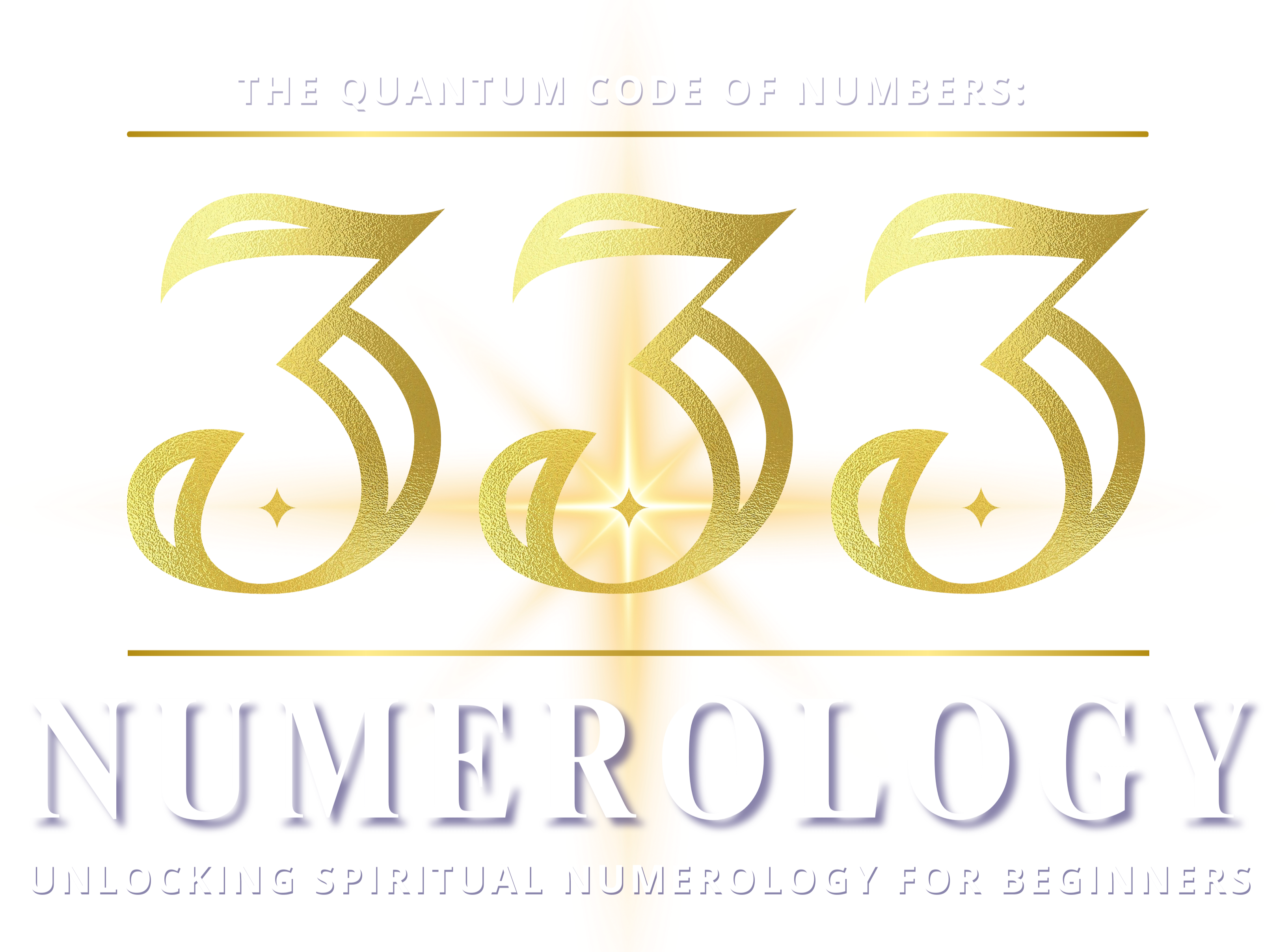Bashar’s Five Forms of Abundance: An Exploration Supported by Quantum Mechanics (Channel Daryl Anka)
Bashar, an entity channeled by Darryl Anka, presents a unique view of abundance that expands beyond traditional financial wealth. He describes five distinct forms of abundance—time, relationships, knowledge, energy, and money. Each form, while unique, contributes to a holistic experience of wealth/abundance. Grounded in both esoteric philosophy and principles of quantum mechanics, these five forms offer a framework for understanding abundance that is accessible and relevant for everyone. This article will explore each form with explanations grounded in scientific concepts, particularly the insights of quantum mechanics, to illustrate how each type of abundance operates and manifests in human experience.
1. Time
Definition: In Bashar’s framework, time is a form of abundance when it’s perceived as plentiful. The conventional view often regards time as linear and limited; however, Bashar suggests that by shifting perception, individuals can experience time as more expansive and abundant. This perspective aligns with the “block universe theory” in quantum mechanics, which suggests that past, present, and future all coexist in a single, unified framework (Barbour, 2009).
Quantum Mechanics Support: According to the theory of relativity and supported by quantum mechanics, time is not a fixed construct but rather a flexible dimension affected by speed and gravity (Einstein, 1915). This aligns with Bashar’s idea that abundance of time is a matter of perspective. In a famous quantum thought experiment—the twin paradox—one twin who travels at a high speed experiences time more slowly than the other who stays on Earth, effectively experiencing “more” time. This implies that our experience of time can expand or contract based on perception and circumstance, a point that Bashar emphasizes as essential to feeling abundant in time.
Everyday Application: For an individual, this suggests that the perception of time scarcity can be a psychological construct. Instead of viewing time as limited, approaching tasks with mindfulness can expand the perceived time, aligning with Bashar’s teachings. In daily life, practicing techniques like mindfulness and single-tasking from your “highest place of excitement,” as you seek one joyful moment to the next, can help individuals experience more of each moment and thereby “expand” their time (Bashar).

Bashar describes five distinct forms of abundance—time, relationships, knowledge, energy, and money.
2. Relationships
Definition: Relationships form the second type of abundance, focusing on connections with others and the support networks that enrich our lives. Bashar believes that by nurturing relationships, one can experience abundance in ways that surpass material wealth. Relationships provide emotional and psychological resources, enabling individuals to thrive.
Quantum Mechanics Support: Quantum entanglement, one of the key phenomena in quantum mechanics, may offer an interesting perspective on the interconnected nature of human relationships. When two particles become entangled, their states remain interconnected regardless of distance (Bell, 1964). This phenomenon implies that, on a fundamental level, connections can transcend space and even time. Similarly, human relationships can have a profound, often instantaneous impact, resonating with Bashar’s concept of relational abundance.
Everyday Application: Understanding relationships through this lens suggests that fostering deep connections can create a profound sense of abundance. By nurturing relationships, individuals not only create an emotional support system but also connect to something greater than themselves, similar to the inexplicable connection seen in entangled particles. Regularly spending time with loved ones and expressing gratitude for these bonds reinforces this form of abundance.
3. Knowledge
Definition: Knowledge is the third form of abundance and involves gaining wisdom, insight, and understanding of the world. Bashar emphasizes that knowledge, once obtained, can never be lost, thus providing a continual source of value and enrichment.
Quantum Mechanics Support: The field of quantum mechanics itself epitomizes the abundance of knowledge, as it constantly unveils new insights into the nature of reality. The principle of superposition suggests that particles exist in multiple states simultaneously until observed (Heisenberg, 1927). This notion points to an almost infinite potential of knowledge, waiting to be “observed” or realized, similar to Bashar’s assertion that knowledge is an ever-abundant resource.
Everyday Application: By adopting a mindset that knowledge is abundant and always accessible, individuals can approach learning with a sense of openness and curiosity. This perspective encourages lifelong learning, supporting the idea that knowledge will continuously expand, much like the potential states in a superposition waiting to be observed and understood.

Bashar emphasizes that money is a byproduct of alignment with one’s true self and purpose.
4. Energy
Definition: Energy, in Bashar’s philosophy, refers not only to physical vitality but also to emotional and mental energy. Maintaining high energy levels is crucial for achieving goals and experiencing life fully, making it a vital form of abundance.
Quantum Mechanics Support: In physics, energy is conserved and can neither be created nor destroyed, only transformed (Noether, 1918). This aligns with Bashar’s view of energy as inherently abundant. Quantum field theory, which describes the quantum states of energy fields that permeate the universe, implies that energy exists in endless forms and configurations. Thus, by aligning with this universal energy, individuals can tap into a source that is limitless, supporting Bashar’s claim that energy is a form of abundance.
Everyday Application: For individuals, this understanding encourages practices that replenish and transform energy, such as exercise, sleep, meditation, and healthy eating. By focusing on activities that renew energy, one can cultivate an abundant energy reservoir, allowing for sustained productivity and emotional well-being.
5. Money
Definition: Money, while often the most recognized form of abundance, is viewed by Bashar as a symbol of the flow of value. Rather than focusing solely on its accumulation, Bashar emphasizes that money is a byproduct of alignment with one’s true self and purpose.
Quantum Mechanics Support: The concept of “quantum potential” from quantum mechanics, as suggested by physicist David Bohm, posits that the universe has an implicit order from which manifestations arise (Bohm, 1980). Money can be seen as a form of material manifestation within this potential field, appearing as individuals align their intentions and actions with higher purposes. The flow of money, therefore, could be viewed as a resonant effect of aligning with the quantum field of potentiality, supporting Bashar’s view of money as a reflection of alignment.
Everyday Application: From this perspective, money is seen not as an end but as a means of energy exchange. This view encourages individuals to focus on work and actions that align with their values and contribute to society, rather than purely on financial gain. Practicing gratitude for financial resources, whatever the amount, also aligns with this view and can lead to a more positive relationship with money.
Conclusion
Bashar’s five forms of abundance—time, relationships, knowledge, energy, and money—provide a holistic framework for understanding wealth that moves beyond mere financial gain. By applying principles from quantum mechanics, such as relativity, entanglement, superposition, energy conservation, and quantum potential, we can view each form of abundance as inherently interconnected and potentially limitless. Embracing this perspective invites a fuller experience of abundance and encourages practices that align with our values and purpose, ultimately enhancing our sense of fulfillment and well-being.
Works Cited
- Barbour, J. (2009). The End of Time: The Next Revolution in Physics. Oxford University Press.
- Bell, J. S. (1964). “On the Einstein Podolsky Rosen Paradox.” Physics Physique Физика, vol. 1, no. 3, pp. 195–200.
- Bohm, D. (1980). Wholeness and the Implicate Order. Routledge.
- Einstein, A. (1915). “The Field Equations of Gravitation.” Sitzungsberichte der Preussischen Akademie der Wissenschaften zu Berlin.
- Heisenberg, W. (1927). “Über den anschaulichen Inhalt der quantentheoretischen Kinematik und Mechanik.” Zeitschrift für Physik, vol. 43, no. 3–4, pp. 172–198.
- Noether, E. (1918). “Invariante Variationsprobleme.” Nachrichten von der Gesellschaft der Wissenschaften zu Göttingen, Mathematisch-Physikalische Klasse, pp. 235–257.






